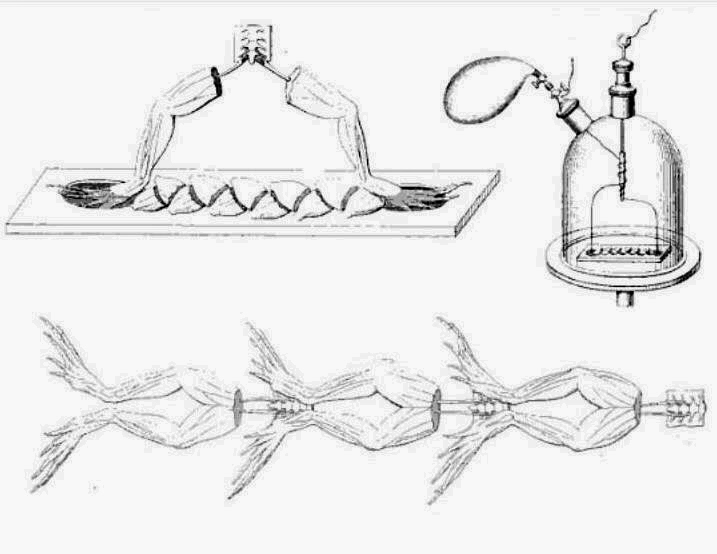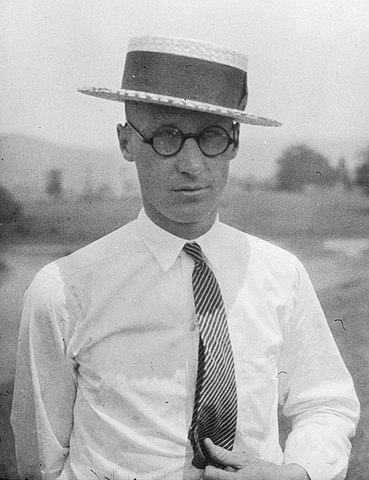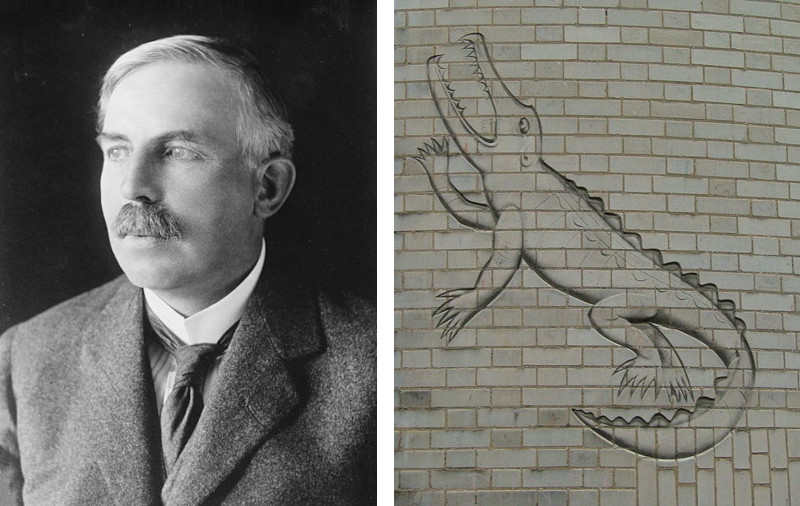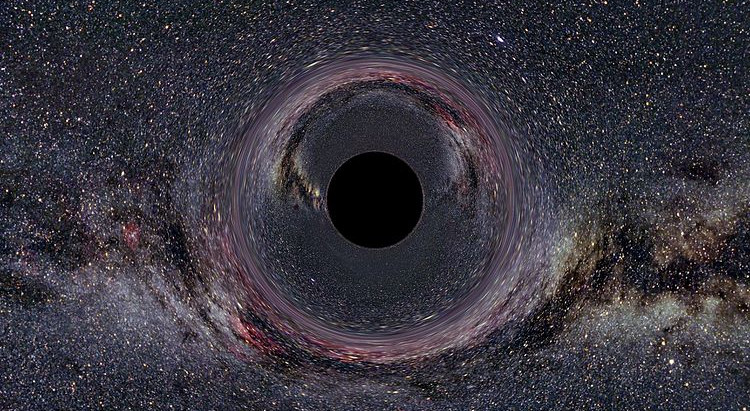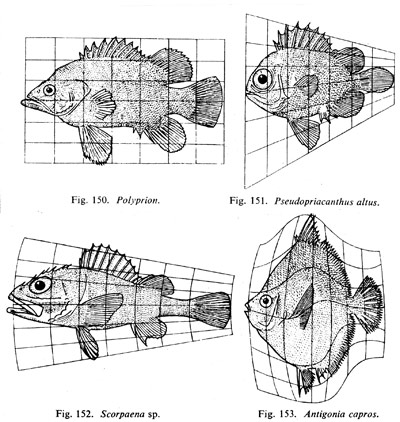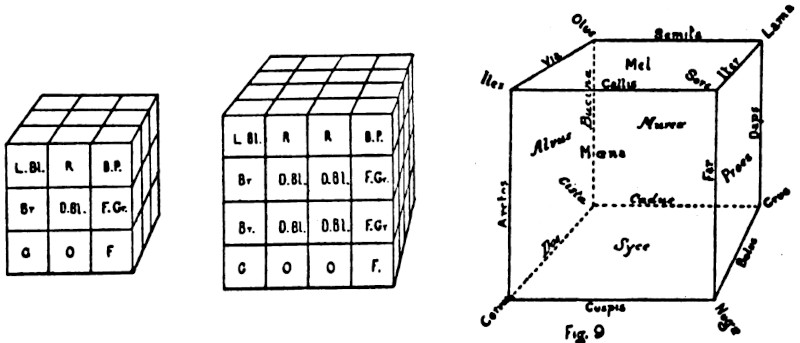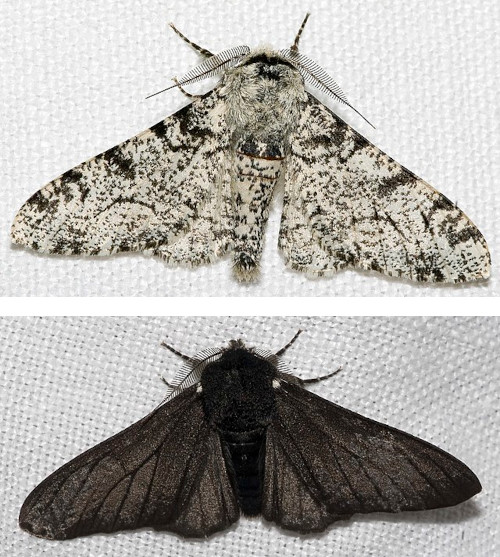An observation by Oxford University mathematician Nick Trefethen:
A student leaves university in America with a transcript full of information. Even with grade inflation, there are thirty marks of A or A- or B+ or B to look at, each one attached to a different course like Advanced Calculus or 20th Century Philosophy or Introduction to Economics. Grade-point averages are constructed from these transcripts and reported to three digits of accuracy.
An Oxford graduate finishes with no transcript, just a degree result which may be a First, a II.1, a II.2, a Third, a Pass, or a Fail. Failures are more or less nonexistent, and the numbers last year [2000] for the other degrees were 691, 1925, 374, 39, and 3, respectively. The corresponding probabilities are 23%, 63%, 12%, 1%, and 0.1%.
If you add up these probabilities times their base 2 logarithms, all times minus one, you find out how much information there is in an Oxford degree. The result is: 1.37 bits of information.
(From Trefethen’s Index Cards, 2011.)

